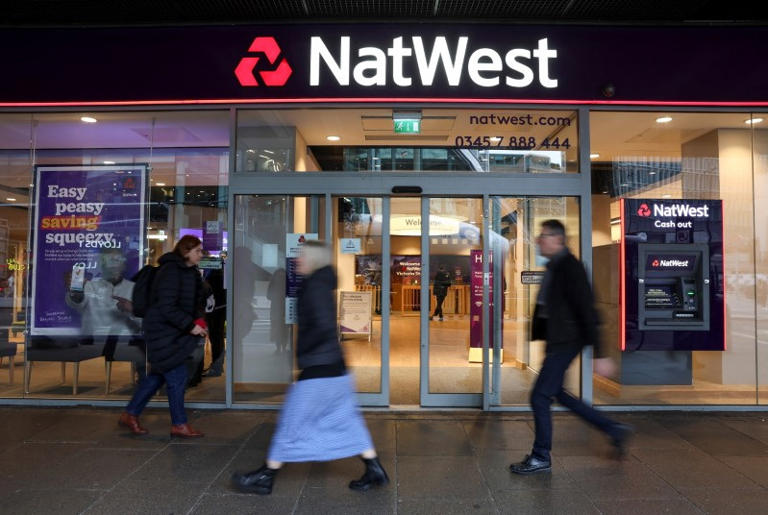NatWest, a major player in the UK banking sector, is embarking on a strategic initiative to boost its lending capabilities while managing its capital more efficiently. The bank, which remains 19% owned by taxpayers following its 2008 government bailout, is planning to implement significant risk transfer (SRT) transactions. This move is part of a broader effort to navigate upcoming regulatory changes and maintain its shareholder returns.
The core of NatWest’s strategy involves offloading some of its loan risk to investors through SRT transactions. These deals enable the bank to transfer the risk associated with certain loans to third parties via derivatives or guarantees, without actually selling the underlying loans. This process allows NatWest to free up capital that was previously tied up against these assets, thus enhancing its ability to lend more and sustain its dividend payouts.
Robert Begbie, CEO of NatWest’s Commercial & Institutional division, explained that SRT transactions have been a part of the bank’s capital management strategy before. By reintroducing these transactions, NatWest aims to spur new lending activities and maintain shareholder distributions. This approach is crucial as it allows the bank to manage its capital more effectively in the face of increasing regulatory demands.
The impetus for this move comes from the upcoming Basel regulations, which will impose higher risk weightings on certain types of loans starting in 2025. These new rules are designed to require banks to hold more capital against specific assets, which could constrain the availability of credit. By using SRTs, NatWest seeks to mitigate the impact of these regulations, thereby allowing the bank to continue its lending operations and support its growth objectives.
The use of SRTs is a common practice among banks looking to adapt to evolving regulatory environments. This strategy not only helps in managing regulatory capital requirements but also supports the bank’s overall financial health. NatWest’s decision to relaunch its SRT program reflects a broader trend in the banking industry, where institutions are exploring various capital management tools to navigate regulatory changes and optimize their balance sheets.
NatWest’s capital management efforts have already yielded positive results. Over the past year, the bank’s shares have increased by 48%, and its recent half-year results reported a return on tangible equity of 16.4%. This performance underscores the effectiveness of the bank’s capital management strategies and its commitment to delivering value to shareholders.
Rob Lloyd, who was recently hired from Lloyds Bank to lead NatWest’s capital management program, has been instrumental in driving these initiatives. Lloyd’s role involves overseeing the bank’s efforts to maximize balance sheet efficiency, including exploring the use of SRTs, credit insurance, and other capital management tools. His expertise is crucial in navigating the complexities of capital management and ensuring that NatWest remains competitive in the banking sector.
Despite the advantages, some analysts have raised concerns about the potential challenges posed by the new Basel regulations. Andrew South, Head of Structured Finance Research at S&P, noted that while the Basel rules are likely to drive increased SRT activity, banks may face higher costs to achieve the same level of capital relief. This suggests that banks will need to be more strategic and innovative in their approach to managing their balance sheets.
Investor demand for SRTs remains strong, with interest from pension funds, insurers, and private equity firms. However, José Manuel Campa, chairperson of the European Banking Authority (EBA), acknowledged that the approval process for SRTs can be lengthy, which has led to some criticism among banks. Campa suggested that developing standardized SRT products could help streamline the approval process and facilitate market growth.
Overall, NatWest’s strategy to leverage SRTs is a proactive response to both regulatory pressures and market conditions. By enhancing its capital management and expanding its lending capacity, NatWest aims to strengthen its position in the competitive banking landscape while ensuring continued returns for its shareholders. As the bank moves forward with its capital management initiatives, its approach will be closely monitored by industry observers and investors, who will be watching for its impact on the bank’s performance and the broader financial sector.
